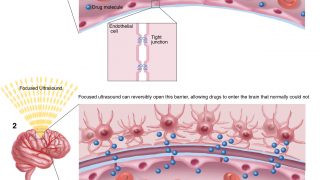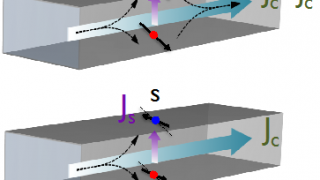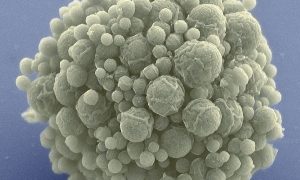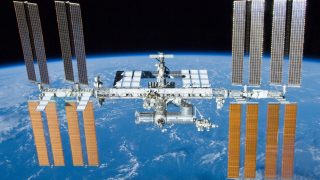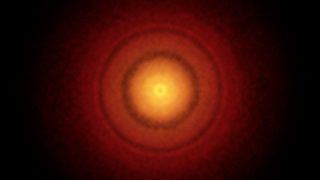
MI weekly selection #175
Humanities & Social Sciences • Science • Technology • Weekly Selection
Photos reveal possible planet-forming disk around young star Photos taken by the Atacama Large Millimeter/submillimeter Array, or ALMA, appear to show the birth of an alien planet similar to Earth along with other nascent worlds. The photos reveal a disk surrounding the star TW Hydrae that appears to have planets starting to form within it […]
